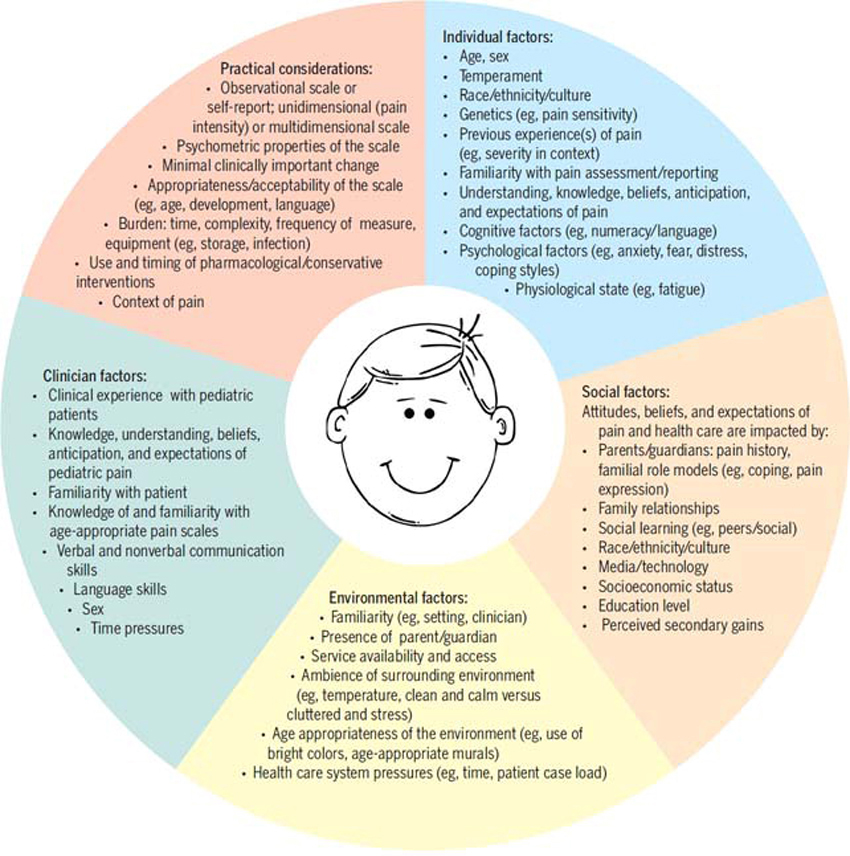Attitudes and Opinions of Doctors of Chiropractic Specializing in Pediatric Care Toward Patient Safety: A Cross-sectional Survey
SOURCE: J Manipulative Physiol Ther. 2016 (Sep); 39 (7): 487–493
Katherine A. Pohlman, DC, MS, Linda Carroll, PhD,
Lisa Hartling, PhD, MSc, Ross Tsuyuki, PharmD, MSc,
Sunita Vohra, MD, MSc
Research Institute,
Parker University,
Dallas, TX.
OBJECTIVE: The purpose of this cross-sectional survey was to evaluate attitudes and opinions of doctors of chiropractic (DCs) specializing in pediatric care toward patient safety.
METHODS: The Medical Office Survey on Patient Safety Culture of the Agency for Healthcare Research and Quality was adapted for providers who use spinal manipulation therapy and sent out to 2 US chiropractic organizations’ pediatric council members (n = 400) between February and April 2014. The survey measured 12 patient safety dimensions and included questions on patient safety items and quality issues, information exchange, and overall clinic ratings. Data analyses included a percent composite average and a nonrespondent analysis.
RESULTS: The response rate was 29.5% (n = 118). Almost one- third of respondents’ patients were pediatric (≤17 years of age). DCs with a pediatric certification were 3 times more likely to respond (P < .001), but little qualitative differences were found in responses. The patient safety dimensions with the highest positive composite percentages were Organizational Learning (both administration and clinical) and Teamwork (>90%). Patient Care Tracking/Follow-up and Work Pressure and Pace were patient safety dimensions that had the lowest positive composite scores (<85%). The responses also indicated that there was concern regarding information exchange with insurance/third-party payors. Two quality issues identified for improvement were (1) updating a patient’s medication list and (2) following up on critically abnormal results from a laboratory or imaging test within 1 day. The average overall patient safety rating score indicated that 83% of respondents rated themselves as “very good” or “excellent.”
There are more articles like this @ our:
CONCLUSIONS: Compared with 2014 Agency for Healthcare Research and Quality physician referent data from medical offices, pediatric DCs appear to have more positive patient safety attitudes and opinions. Future patient safety studies need to prospectively evaluate safety performance with direct feedback from patients and compare results with these self-assessed safety attitudes, as well as make further use of this survey to develop a comparable database for spinal manipulation providers.
KEYWORDS: Chiropractic; Patient Safety; Pediatrics; Quality Improvement
From the Full-Text Article:
Introduction
Patient safety and quality improvement has been at the top of health care agendas since the 1999 Institute of Medicine (IOM) report, To Err Is Human. [1] Reporting and learning systems for medical errors have been implemented as suggested in the IOM report [1] and found to make some quality improvements in hospital settings [2, 3]; however, little has been done for quality improvement in community-based health care offices, where the majority of patient-provider interactions occur. [4, 5]
Currently in the chiropractic profession, only 1 reporting and learning system exists; it was deployed initially in the United Kingdom in 2005, expanded throughout Europe, and recently has been made available in Australia. The Chiropractic Patient Incident Reporting and Learning System is an online forum that allows near misses or actual medical errors and incidents or adverse events (both clinical and administrative) to be voluntarily reported in an anonymous and confidential manner. [6]
Read the rest of this Full Text article now!





Leave A Comment